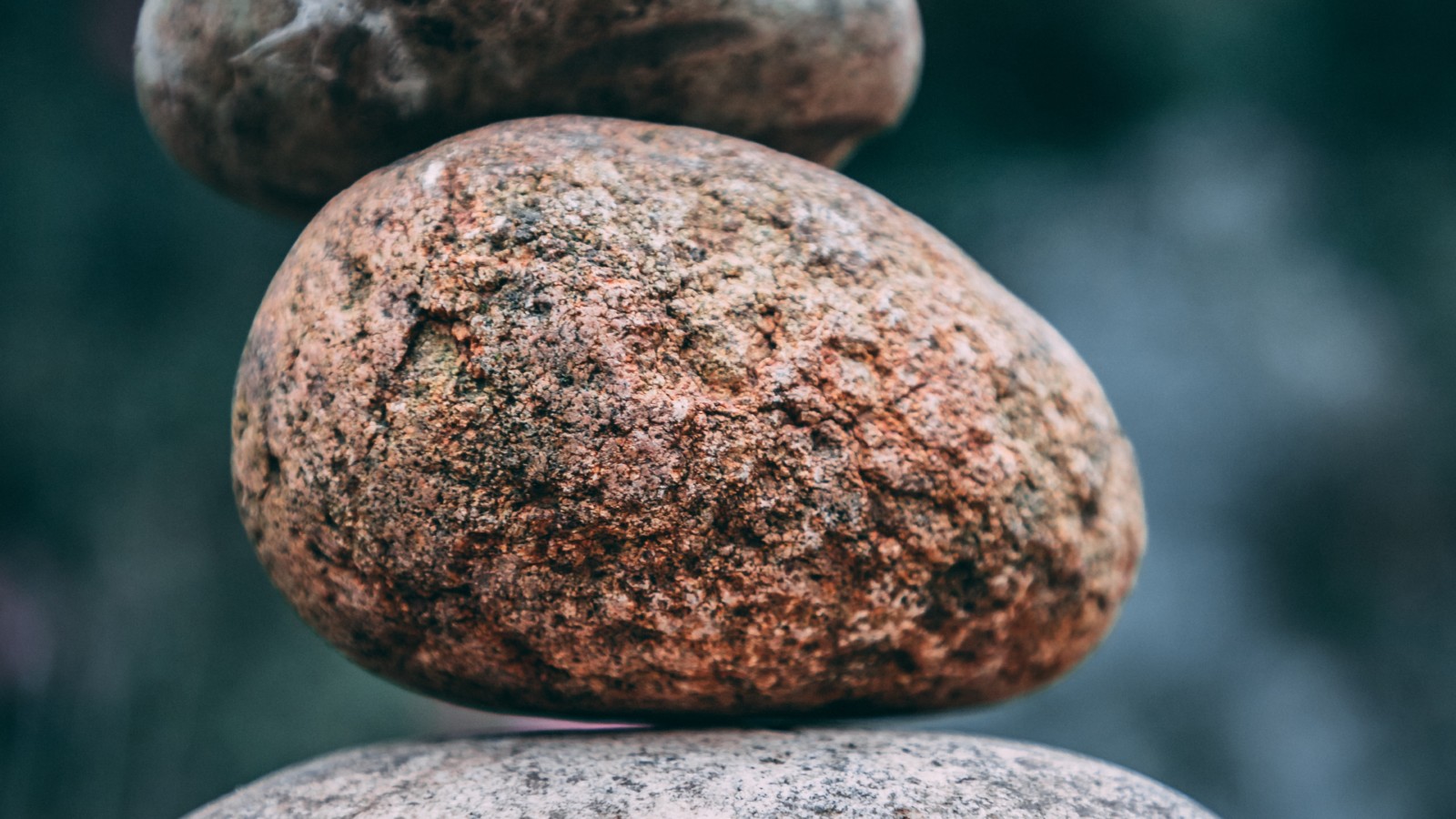There was a time when I repeatedly woke in the middle of the night freaking out about climate change.
I wasn’t yet breathing in the unhealthy air from California’s wildfires as I have this summer. But I was deeply worried about how the future of climate change would affect my children’s lives. I also felt broken-heartened about the threat it posed to millions of young people, generations to come, and the natural world that I love so much.
Then one day, like the Grinch on Christmas Eve, I realized it was coming. There were things we could do to slow its progress, but, like it or not, climate change was coming—and that meant I needed to develop a different mindset about it.
Before that moment, I thought the all-important question was: What do we have to do to stop this crisis from unfolding? After that moment, I realized the better question was: How do we limit the severity of climate change while also learning to deal more wisely and compassionately with its reality right now?
It’s a question I find worth returning to this week, given the release of the United Nations’ latest report on climate change, which has been called a “red alert for humanity.” We have postponed taking action for so long, The New York Times wrote in its summary of the report, that we can “no longer stop global warming from intensifying over the next 30 years, though there is still a short window to prevent the most harrowing future.”
If you’re like me, news like that can set your heart beating a little faster—or make you want to distract yourself with something, anything else. But I’ve learned that distraction does not help us deal more wisely and compassionately—or even effectively—with the reality of living in these extreme times. It may, in fact, only drive our anxiety about it.
The upshot is: We need to learn how to deal with our emotions about climate change in healthier ways. We need to do this for our well-being, to support young people who will bear the brunt of climate impacts, and to increase our likelihood of collectively meeting this challenge.
What follows is an overview of some of the links between climate change and mental health, how COVID may be making climate anxiety worse, and three research-based recommendations for how to calm down—or manage climate anxiety.

Climate Anxiety: The Link Between Climate Change and Mental Health
While research into the links between climate change and mental health is in its very early stages, it appears clear that what has become known as “climate anxiety” is on the rise.
A 2020 report by Susan Clayton, a professor of psychology at the College of Wooster, found significant evidence of a link between climate change and mental health—both among those who have experienced the physical impacts of a changing climate and those who have not.
- Increased rates of heat, for example, have been associated with aggression and conflict, suicide, and hospitalization for mental illness. And poor air quality can influence cognitive impairment in the elderly and behavioral problems in children.
- Those who have not yet experienced direct impacts of climate change have been found to experience psychological impacts, including anxiety, hopelessness, anger, and grief.
And this, of course, is not only an American phenomenon. It is global.
A 2021 briefing paper published by the prestigious Grantham Institute – Climate Change and the Environment found that climate change negatively affects people’s mental health and emotional well-being around the world. It has been linked to severe distress, suicide, and the exacerbation of emotional disturbances among young people.
How COVID May Be Making Climate Anxiety Worse
COVID, to be sure, has made many aspects of life more challenging—and that appears to extend to climate anxiety, as well.
As the Boston Globe reported last month, the helpless feelings triggered by COVID-19 have “psychologically primed” people to be especially panicky about the environment, according to psychiatrist Lise Van Susteren, an expert in climate psychology.
“It may well be,” Van Susteren told The Globe, “that [the pandemic] has disposed us psychologically to realize we are exceedingly vulnerable to things we can’t control.”
And that feeling of a lack of control maybe at the crux of the issue.
After all, while many things today may make us feel anxious, stressed, worried, or fearful, climate change is both the most significant threat and arguably the most daunting. As one person in this vast world, it is almost impossible not to feel very small and relatively powerless in the face of global changes of this magnitude.
But that is not the mindset from which we best position ourselves to respond to the challenge of our times.
So, what can we do?
Three Proven Ways to Deal with Climate Anxiety
Developing a better mindset to meet the climate challenge requires that we get our climate anxiety under control. Here are three research-based ways Clayton suggests doing that:
1. Talk about it.
It has long baffled me why people don’t talk more about how they feel about the profound reality of climate change. Clayton suggests this may be due to intense political polarization around the issue.
“This self-silencing may inhibit people from expressing their feelings and lead them to feel isolated from the rest of society, weakening the social connections that are a powerful source of resilience,” she writes.
But, if you want to feel more resilient to the stressors of the climate reality, it helps to talk about it. It’s how people facing so many other challenges throughout history—from the Black civil rights movement to the gay rights movement and more—have found strength.
For inspiration, consider watching this TED Talk by climate scientist Katharine Hayhoe.

2. Spend time in nature.
The suggestion to spend time in nature may seem ironic, given climate change’s threat to nature.
But, as Clayton writes: “Because people who are experiencing climate anxiety are likely to be people who have strong connections to the natural environment, tapping into the restorative potential of experiences in nature may be an important therapeutic response.”
Perhaps more convincingly, research has found that a sense of connection to nature is associated with greater well-being among adults and children. This is why doctors in many states have been writing prescriptions for patients to spend time in nature.
Wondering how much time to spend? Two hours a week appears to be the sweet spot.
3. Engage in climate action.
In hundreds of conversations that I have had with people about climate change over the past 15 years, one question that almost always comes up is this:
But what can I do?
Beneath this question is a hint of powerlessness—as many think their actions cannot matter up against something as big as climate change.
And it is certainly true that meeting this challenge will require collective action by all of us: the government, businesses, the world at large.
Yet, the fact that one individual’s action is not enough does not mean that it is not essential. On the contrary, acting matters on both a practical and psychological level. Put another way: If you want to feel better about climate change, doing something is a better alternative than doing nothing.
Again, this is not just a nice sentiment. Science supports it. As Clayton writes: “Several studies show positive correlations between happiness and environmental action …, and even those who perceive the threat from climate change as severe show reduced distress and depressive systems when they are involved in behavior to mitigate the problem.”
So, what specifically can you do?
There are many lists of actions individuals can take, including one The Boston Globe published last month featuring suggestions from readers.
One of my favorite lists comes from The Grantham Institute, which emphasizes nine priorities:
· Make your voice heard by those in power.
· Eat less meat and dairy.
· Cut back on flying.
· Leave the car at home.
· Reduce your energy use, and bills.
· Respect and protect green spaces.
· Invest your money responsibly.
· Cut consumption—and waste.
· Talk about the changes you make.
If this list doesn’t make you want to make at least one change, I encourage you to read this for more specifics about why these actions matter and how to put them into action.
A Final Word about Connecting with Others
About eight years ago, I had the privilege of being among a gathering of women who met in Kelsey Wirth’s living room in Cambridge, Massachusetts.
Kelsey is the daughter of Timothy Wirth, a former Senator from Colorado who organized the Senate hearings on climate change in which NASA scientist James Hansen gave what is considered the first public warning about global warming—way back in 1988.
Kelsey recognized that to drive climate action—as in any social change—people need to connect. They need to know they are not alone in their concerns and in their efforts to effect change.
Together with Vanessa Rule, she founded a group called Mothers Out Front, which began with a few dozen women gathered in Wirth’s living room—and grew as a result of them encouraging everyone present to reach out to other women and organize more gatherings.
Today, Mothers Out Front is a nationwide movement of 24,000 mothers, with nearly 2,000 active volunteer leaders, 42 community-based teams and 34, staff members and an operating budget of $4.3 million.
They are remarkable. And thankfully, they are not alone.
Moms Clean Air Force is another impressive organization that was founded ten years ago by Dominique Browning.
Browning, a former magazine editor and the author of several books, also started Moms Clean Air Force as a result of a series of conversations with women about how to address this issue.
Today, Moms Clean Air Force has more than one million moms signed up to fight climate change and other forms of air pollution and toxic chemicals.
So, when you doubt—if you ever doubt—what an individual can do, perhaps you might think about women Wirth and Browning. And then: Join them or find your own way to connect, lead, and fight the good fight.
Thoughts? Please share them here.
This post originally appeared on www.lisabennettauthor.com.


